
Hassan Danaeifar at a ceremony mourning the death of the late Patriotic Union of Kurdistan (PUK) co-founder and leader Jalal Talabani, on October 13, 2017. Photo: ISNA
ERBIL, Kurdistan Region — Clear skies reigned when two veteran officers from Iran’s Islamic Revolutionary Guard Corps (IRGC) visited the Kurdistan Region of Iraq’s second city of Sulaimani in December 2019.
The officers had come to attend a congress of the Patriotic Union of Kurdistan (PUK), Sulaimani’s dominant party and a regional ally of Iran. The congress had long been delayed, a reflection of the lethargy the party had suffered since the death of its charismatic leader and co-founder. The PUK hoped that the congress would see it regain an edge in Kurdish and Iraqi politics.
One of the visiting IRGC officers was Hassan Danaeifar, Iran’s former ambassador to Baghdad and now the top Iranian economic official in Iraq. The 57-year-old is a veteran of Iraqi Kurdish politics with nearly four decades of experience that began with clandestine operations against the Baathists, with the help of Peshmerga commanders now sat at the pinnacle of power in Kurdistan. Danaeifar, who speaks fluent Kurdish, is on a first name basis with Kurdistan Region officials. He feels more at home in Sulaimani than in his hometown of Shooshtar, an ancient riverside city in southwest Iran.
On the afternoon of December 21, the two officers were leaving the house of a senior PUK official when Danaeifar received a frantic phone call from a superior, who had received a tip about an operation unfolding in the skies over Sulaimani. The superior warned him that a US drone was tracking them from above.
Danaeifar had evaded American capture on a number of occasions since Iraq was invaded in 2003. To do this, he relied on the assistance of a wide network of contacts within the Iraqi and Kurdish elite. They helped him willingly, because he had shown in the 1980s while working with the Iraqi opposition against Saddam Hussein’s US-backed regime that he could be trusted.
The superior who had warned Danaeifar issued quick instructions for both officers to immediately leave the Kurdistan Region and cross back into Iran, just a short drive away. “If you’re on the road, enter the first shopping center you find, change your car, and leave the area in disguise,” he told them.
That superior was none other than General Qasem Soleimani, the Iranian official in charge of the IRGC Quds Force handling operations in Iraq and several other Middle Eastern countries. Unlike Danaeifar, Soleimani was answerable to no one – no one except Supreme Leader Ali Khamenei, Iran’s ultimate decision maker. “With his intervention and the arrangements he made, he practically saved us,” Danaeifar recalled on Iranian TV in October.
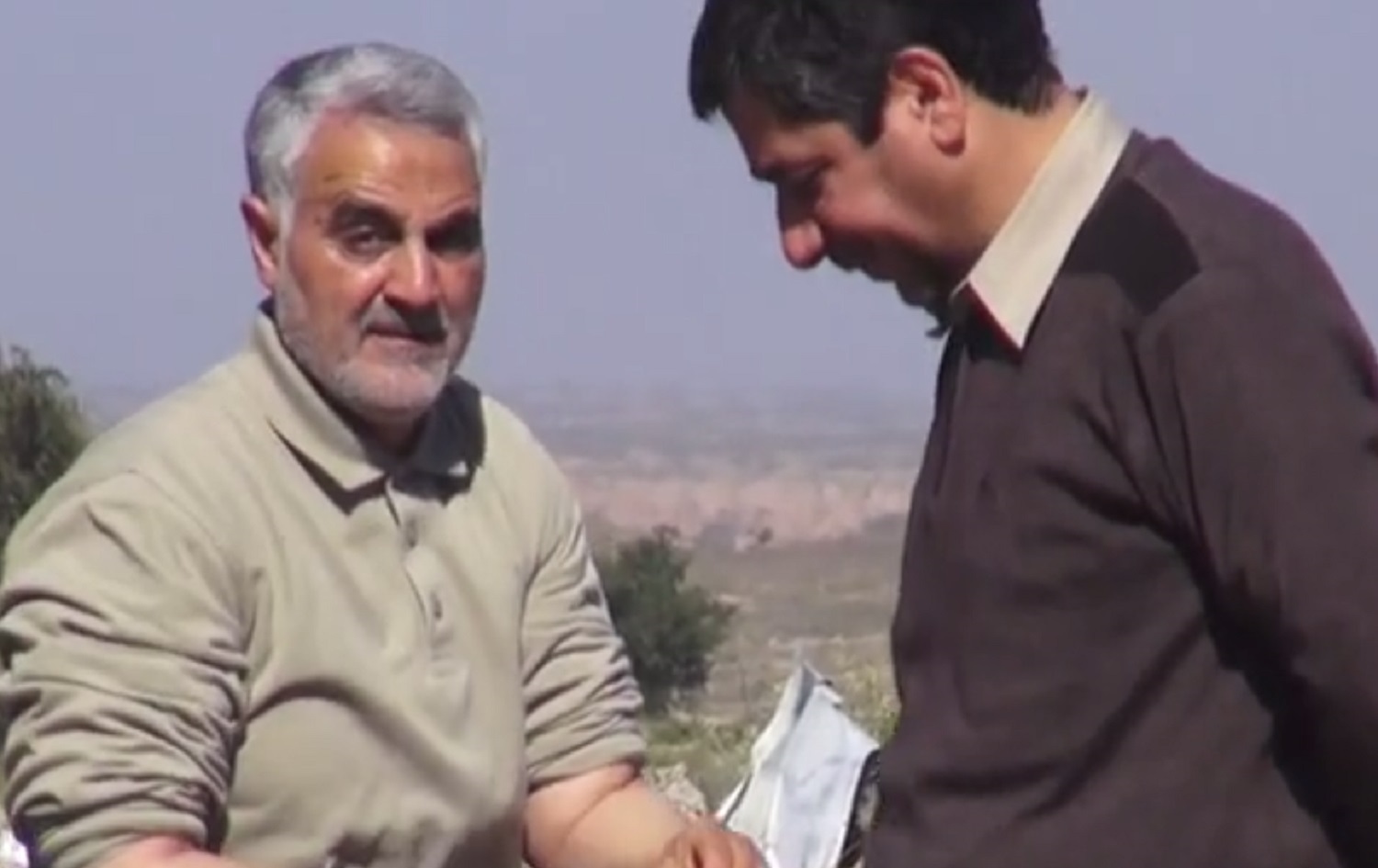
Solemani was a long-term friend of Danaeifar, the two growing close since they began working with each other in the early 1980s. Danaeifar was a top intelligence officer for operations and in charge of reconnaissance on front lines drawn all over the Iran-Iraq border area, including Kurdish areas. He was adept at surveying the Iraqis and sneaking behind their frontlines, escaping capture and slipping away. Soleimani relied on officers like Danaeifar to move around Iraq and the wider Middle East. He knew he could rely on Danaeifar to report for duty at any given time.
Soleimani was unique in how he dealt with heads of state and foreign counterparts, say those who worked with him.
“Haj Qasem [Soleimani] had so much power,” recalled Mahmoud Cheraghi, who headed Quds Force artillery batteries in Syria. “Whenever we expressed our needs, he would call the defence minister in Iran from Aleppo to say we need this kind of ammunition sent to us. It didn’t matter what time of day or night it was – he spoke to officials of the country in a way as if they were under his command”.
“Everyone listened to him because he was the Islamic Republic’s field commander, and also Hazrat Agha [the Supreme Leader] firmly supported him... Haj Qasem would take advantage of this support to execute the objectives of the Islamic Republic of Iran in the field.”
As commander of the IRGC Quds Force since 1997, Soleimani had been proving himself for decades. He had been on many tours of the Middle East. His growing public presence saw his return to the front lines, and photos taken of him strategising with commanders of all stripes against the Islamic State (ISIS). Though the exposure put him at more risk, many believed Soleimani was, and would continue to be, untouchable.
But the events unfolding across the Middle East at the end of 2019 were different, the constant skirmishes in the region growing out of control. Unknown aircraft, believed to be Israeli, struck Iran-backed militias across Iraq during the summer of 2019. A few weeks later, Iran’s allies in Yemen, the Houthis, launched a brazen attack on Saudi oil facilities, striking out half of Saudi Arabia’s oil production.
The situation was unstable, the possibility of full-blown war not far off, and no country was more afraid of that possibility than Iraq. Militias had established a state within a state, difficult for the government to control. A schism was already developing between different sections of the Popular Mobilisation Forces (PMF, or Hashd al-Shaabi in Arabic), its pro-Iran factions versus those more loyal to Iraq and the Marjaiya, the Shiite clergy based in Najaf. The gap between Iraq and Iran-backed militias too was big – a year earlier, Iran had reportedly deployed short-range ballistic missiles to its allies in Iraq in anticipation of a war.
Despite the domestic chaos, Iraqi prime minister Adil Abdul-Mahdi was trusted by many international governments, including those of the US, Iran and Saudi Arabia, and he was trying to defuse the tension between these rivals. While he was on an official visit to China in September, Soleimani phoned him up to ask if he could act as a go-between with Saudi Arabia.
Abdul-Mahdi heeded that call, heading to Riyadh almost immediately after arriving back in Baghdad from China. He spoke to top Saudi officials including Crown Prince Mohammad Bin Salman. Talks were at least somewhat successful; the Saudis wrote a letter and sent it to Abdul-Mahdi, its message a call for negotiations with Tehran to be opened. “I sent the letter to Martyr Soleimani and he said they will respond to it,” Abdul-Mahdi recalled in an interview aired on December 26. Abdul-Mahdi was expecting a response to the Saudi letter from Soleimani. ‘Next time I will bring a response’, Soleimani had told Abdul-Mahdi in October when he visited Baghdad, according to a documentary produced by Asaib Ahl al-Haq media, called The Last Journey. While Abdul-Mahdi waited for a response, widespread anti-government protests broke out across the country. Among protester demands was an end to Iranian meddling in Iraqi affairs. Those calls saw nearly 600 protesters killed, many at the hands of the militias Iran backs with money and weaponry.
Transnational tensions were beginning to pose a very real, targeted threat to Qasem Soleimani’s life. IRGC intelligence chief Hossein Taeb announced in October that a number of people had been trained by Israeli and Arab authorities to blow Soleimani up in his hometown of Kerman had been arrested in Iran. Guards intelligence foiled the plot because the hit team had been monitored from the time they left for training, Taeb said. The weapon of choice for Soleimani’s planned assassination was 350-500 kilograms of explosives.
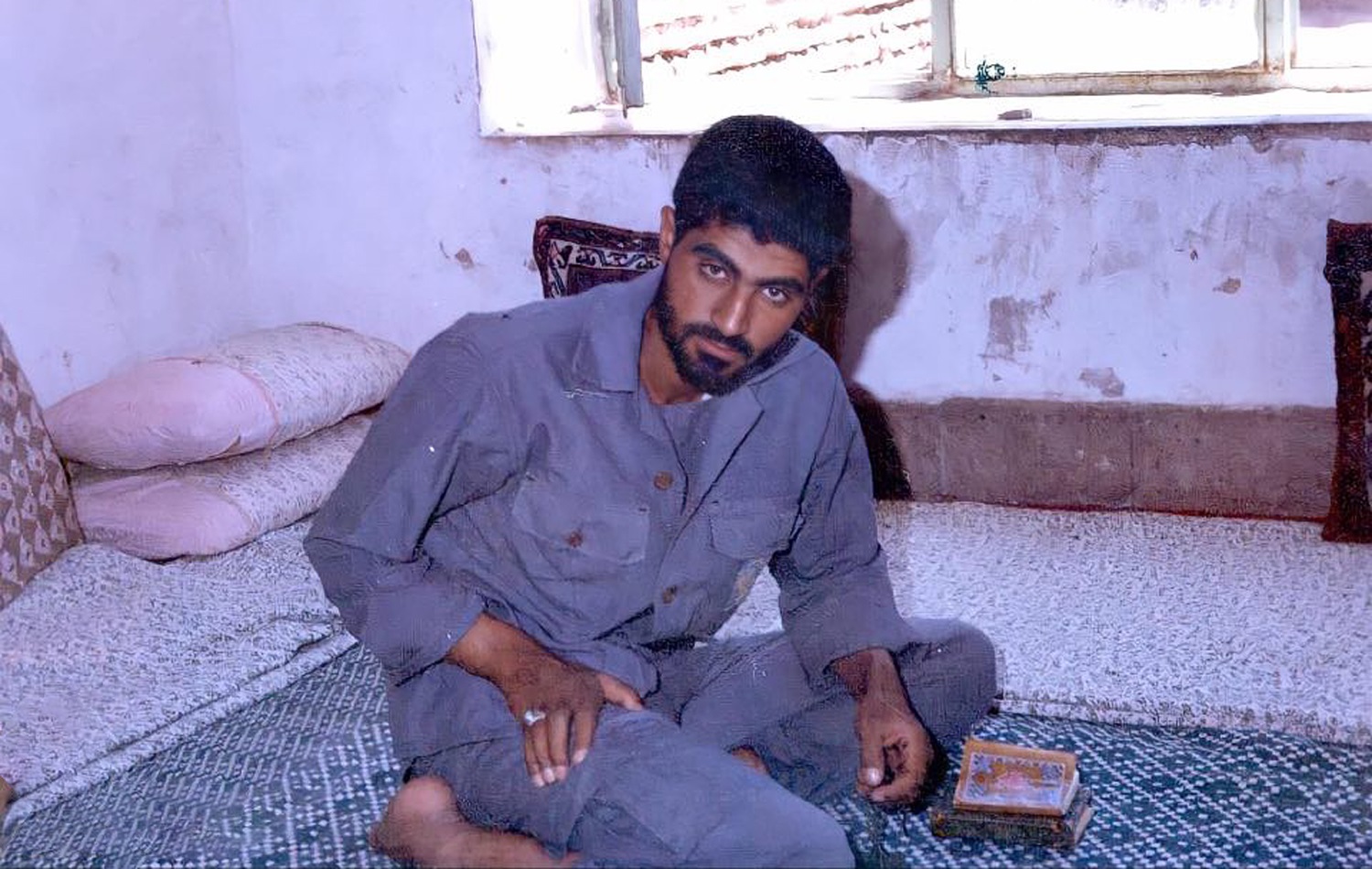
On December 27, a group of pro-Iran militias launched a barrage of rockets at a base in Kirkuk, killing an American contractor of Iraqi descent and wounding four US service members. American blood had been shed by Iran’s allies, a red line that President Donald Trump said would have devastating consequences for Iran.
The day after the deadly Kirkuk base attack, President Trump briefly considered the option of assassinating Soleimani – but opted otherwise. Instead, American jets and drones launched five attacks on sites used by an Iran-backed faction of the Popular Mobilisation Forces (PMF) umbrella, killing more than two dozen militiamen on the Iraq-Syria border on December 29. The deadly strikes were meant to teach Iran and its proxies a lesson. Instead, they acted as a catalyst. Enraged by the attack, members and supporters of Kataib Hezbollah encircled the US Embassy in Baghdad, breaching its outer barriers on December 31. The attack on the embassy was reminiscent of the beginning of the Tehran hostage crisis four decades earlier. It helped Trump to make up his mind, and punishment was to be doled out to the very top of Iran’s overseas operation command.
Abdul-Mahdi kept up his attempts at mediation. In a phone call to President Trump, the Iraqi premier tried to explain that the people who attacked the embassy were not Iranians but Iraqis angered by the attack on the PMF, whose members had made huge sacrifices during the war against ISIS, where they had, to some extent, cooperated with US forces. One suggested channel of negotiation between Tehran and Washington was a prisoner exchange.
"We started an operation to release some prisoners from both sides, the Iranians and the Americans," Abdul-Mahdi recalled. "The Iranian side wanted the release of all prisoners at once and not individually ... the Americans preferred to release some of them one by one, to gauge their [Iran’s] intentions." In charge of the prisoner exchange scheme was Mustafa al-Kadhimi, Iraq’s intelligence chief at the time. Abdul-Mahdi sent Kadhimi to Tehran on January 1, when, with Tehran's consent, he took photos of an American prisoner in an Iranian jail. The prisoner exchange would only be completed months later – too late for Abdul-Mahdi, who resigned from the premiership in December 2019, and too late for Soleimani’s salvation. Kadhimi, however, would become Iraq’s next prime minister.
Soleimani, in contact with his aged master Khamenei, brought up a number of possible ways forward against the bellicose Americans, but Khamenei held off on ordering any strikes just yet, perhaps in wait for the outcome of Abdul-Mahdi’s efforts. Soleimani had travelled via Syria to Lebanon, where he met with Hezbollah general secretary Hassan Nasrallah to talk about regional issues. He watched the events unfolding outside the US Embassy in Baghdad from a hideout in Lebanon.
Abdul-Mahdi had managed to convince the militias to withdraw from the embassy’s periphery, and was fully expectant of Soleimani’s response to the Saudi letter from September – one that could bring some reconciliation with Washington’s main allies in the Middle East, and maybe even dissolve some of the tension with the US itself. Soleimani was heading to Baghdad, to arrive just after midnight on January 3. It was on “this trip, the last one”, Abdul-Mahdi recalled, that Soleimani was due to give his response. But for Trump, an unmissable opportunity had presented itself. On January 3, at 1:00 am local time, a US drone fired at a convoy leaving Baghdad airport, pulverising the vehicle Soleimani was travelling in. Both Soleimani and his top lieutenant, Abu Mahdi al-Muhandis of the PMF, were killed.
Soleimani was “betrayed”, Abdul-Mahdi said; by who, he did not say.
Forty days before the drone strike, Soleimani had ordered Danaeifar to report for duty to calm the situation unravelling in Iraq following weeks of anti-government protest. But in the days leading up to his death, Soleimani had thrown himself into solving the problem. On this visit, he decided against sending Danaeifar; instead, he would head to Baghdad himself. “He didn’t let us go,” Danaeifar recalled, adding that he was in Tehran at the time of the incident and had spoken to Soleimani the day before. “I think in the last days [of his life], the most rest he was getting was three to three and a half hours of sleep.”
Soleimani had militarily served the Islamic Republic for 39 years and four months. He was succeeded as Quds Force commander by Esmail Qaani, but to follow Soleimani is to have big shoes to fill. Many feel that he has not been adequately replaced, that something is still missing.
Danaeifar shares many of Soleimani’s characteristics. He has stayed away from domestic political feuds in Iran between hardliners and reformists, working with both camps. He has extensive knowledge of Syria and Iraq, and is seen as more of a diplomat and a negotiator than a military officer – so much so that during a January 2019 visit to Sulaimani by Iran’s foreign minister Mohammad Javad Zarif for an economic conference between the Kurdistan Region and Iran, Danaeifar did not shy away from trying to hammer out differences between Iranian traders and their Kurdish counterparts by acting as an arbitrator over leisurely coffee meetings. He is from a generation of Iranian revolutionaries who in the 1980s left everything behind to head to the front line, to defend their country against a West-backed Iraq. As senior commander of the Guard, he would work to organise Iraqi opposition groups to fight Saddam Hussein’s forces.
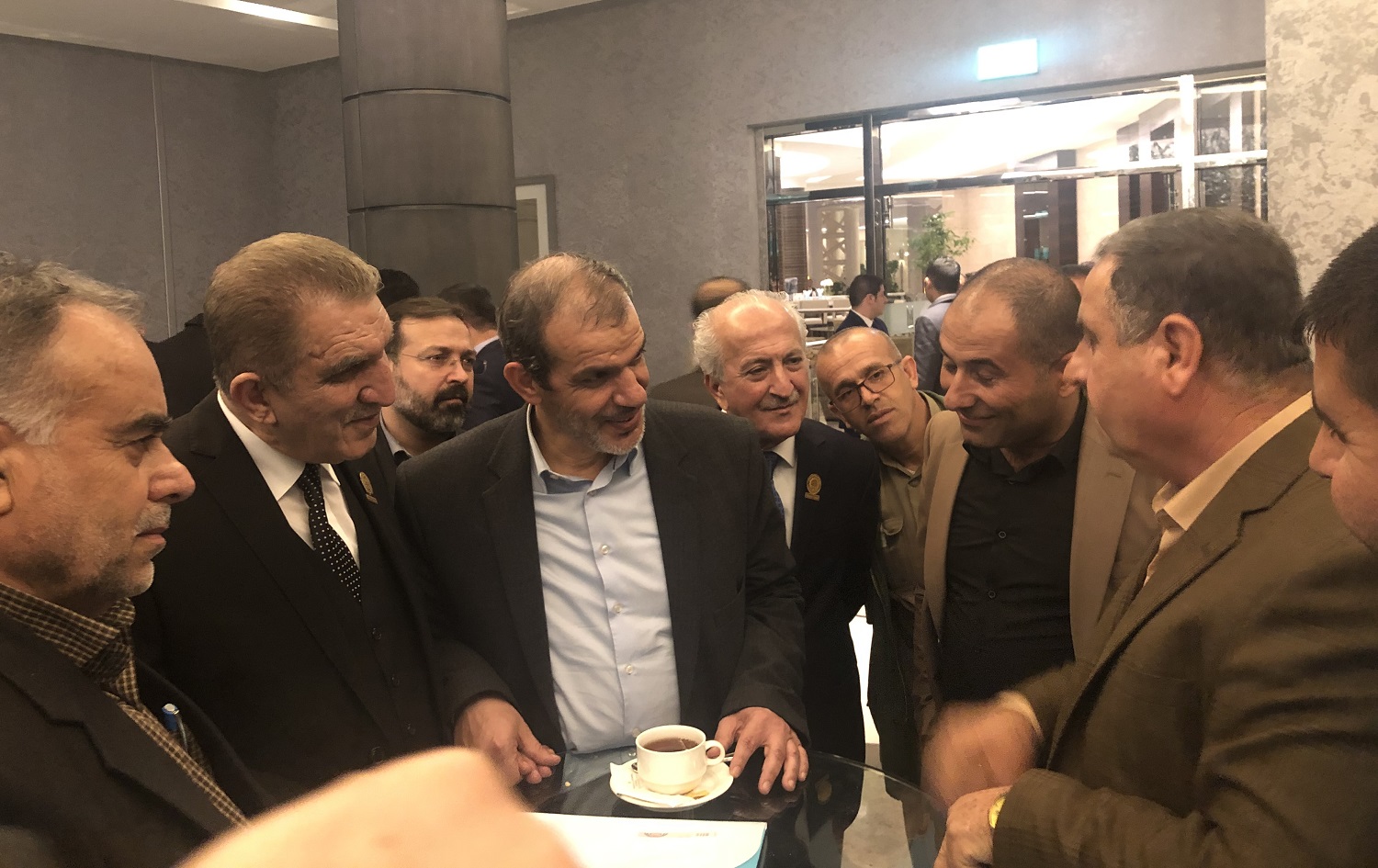
Danaeifar grew up in a large, traditional, religious family, the son of a carpet merchant well known in Shooshtar. He became active against the Shah's rule when he was a teenager, an Islamic revolutionary in the mostly Arab province of Khuzestan, also populated by ethnic Bakhtiaris, who are close to Kurds in both tradition and the language they speak. Danaeifar, neither Arab nor Bakhtiari, managed to learn the languages of both, making it easy for him to later learn Kurdish.
He left at the age of 18 for the Iran-Iraq front line, where he would fall under the authority of Soleimani, who at 24 was already a senior IRGC commander. Though the young commander was inexperienced, he was prepared to take risks, especially with the lives of guardsmen. Some of those men and boys were as young as 15; some were Afghan refugees, secretly deployed to the front line to bolster the war efforts.
Danaeifar quickly rose through the ranks, acting as Soleimani’s top reconnaissance man during the Fath al-Mobin operation in March 1982 which laid the groundwork for the expulsion of Iraq’s forces from Iranian territory – with thousands of Iranian troops killed in the process.
Under constant Iranian pressure, the well-trenched Iraqi forces unraveled and started to retreat. On March 28, the last day of the battle, Soleimani gave chase to a fleeing column of tanks with two other men. Danaeifar, who had turned 19, was alongside Soleimani as they approached the Abu Ghraib pass near the Iraqi border where they could see the end of the column. The young guardsmen were in a station vehicle, excited to witness the impending demise of the Iraqi forces.
“When we arrived at the pass... the end of Iraqi convoy was crossing, and we were young and careless, speeding in a lone vehicle towards the convoy of retreating tanks,” Soleimani recalled in the first of 16 books about his life, published in March 2017 with his approval.
“As Hassan was about to say [we’ve reached] Abu Ghuraib pass... a massive explosion happened, our car had gone over an anti-vehicle mine and the car was cut into pieces… there is still a photo of the vehicle and you would be very surprised to know that someone survived this.”
Danaeifar lost part of the sole of his right foot in the explosion; doctors advised amputation, but he refused. Soleimani’s face was burned, and shrapnel had pierced his body. The third occupant of the vehicle, another guard, had a broken leg. Danaeifar would be wounded at least five times during the Iran-Iraq war, his sacrifices making him a highly decorated guardsman. Shrapnel remains lodged in his body, setting off scanners at airports. On one occasion during the Badr Operation of March 1985, he was injured so severely that ground force commander Ali Sayad Shirazi made a prayer for the dead, believing that Danaeifar was not going to make it.
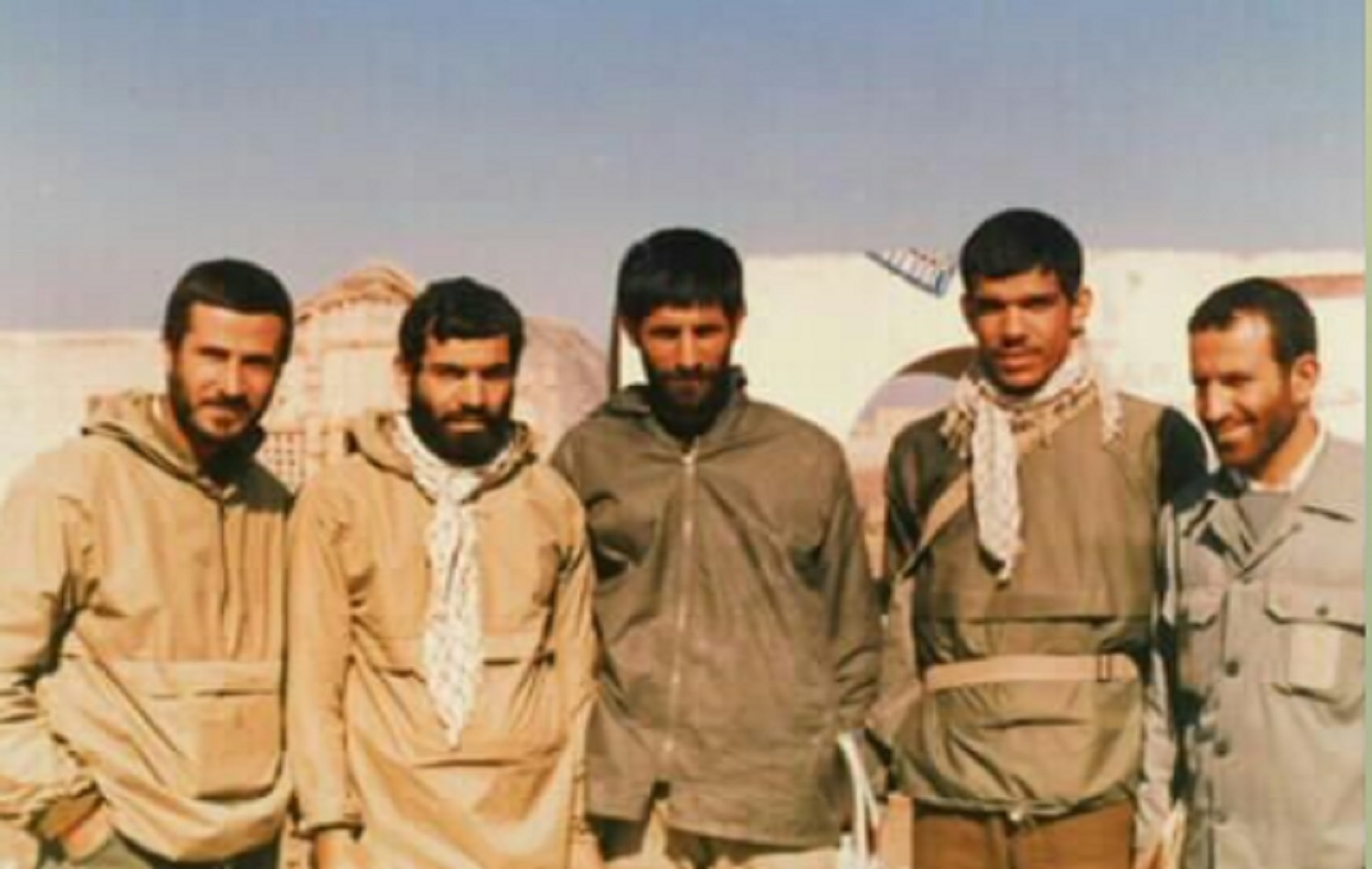
After the war, Danaeifar would trade his green IRGC fatigues for suits, becoming fully enmeshed in Kurdish politics in Iraq. He completed his undergraduate, postgraduate and doctoral studies, obtaining a PhD in economics that would come to use when he became an economic advisor for Tehran in Iraq. As Iran’s ambassador to Iraq in the 2010s, he took part in multiple indirect negotiations with the Americans.
Danaeifar has proven able to temper his ideological commitment to the IRGC and the Iranian regime with pragmatism. He knows full well that Iranian influence in Iraq has its own limits, and acknowledges that not everyone is happy with the actions of Tehran and its allies.
“Many say that Iran interferes in Iraq, but we don’t interfere”, Danaeifar said in October. “What we have is influence, spiritual and cultural… even during the war with Daesh [ISIS] which brought about the most intimate relation [between Iran and Iraq]… the main role was played by Iraqi youths, the Islamic Republic of Iran provided them [Iraqi youths] with assistance.”
That Iran "influences", not "interferes", is a view shared by Qais al-Khazali, the head of Asaib Ahl al-Haq (League of the Righteous) and a long term ally of Iran.” Iran wants a strong influence in Iraq for both the long and short term… Iran’s main goal is to have Salafi, Wahabi, Sunni, and Shiite to combine forces and fight the occupying forces of Iraq. Iran knows the Shiites [alone] are not sufficient…” Khazali told his British interrogators in June 2007, early on in a three-year detention that lasted until 2010. “Iran would like to make Iraq a colony of Iran.”
Recent years of popular protest in Iraq have seen calls for an end to Iran's influence on the country, and blame attributed to Tehran for the failures of Iraq’s elite. Iran’s consulates have been attacked, and senior officers of pro-Iran militias dragged through Baghdad's streets. When asked about the demands of Iraqi protesters, Danaeifar is measured.
“It is a fact that there is corruption inside Iraq, there is mismanagement inside Iraq,” Danaeifar said in the October interview, adding that the anti-Iran propaganda, while not new, has intensified in recent years. “As someone whose life has been intertwined with Iraq's dossier… It is possible that some of our actions were not without an impact [on this anti Iran perception] and it has had [negative] implications”, he mused. “It is also possible that some of the mistakes that some who are affiliated with us, by affiliation I mean friendship, or the actions they have taken, is blamed on the Islamic Republic of Iran.”
When Iraj Masjidi, current ambassador to Iraq, was asked about Shiite militias and their affiliation with Iran, he smirked, and said that it is not only the militias, but parliamentarians, officials and even journalists who are affiliated with Iran because of their “love” for Iran and the Islamic Revolution. “There are many tribes in Iraq who love the Islamic Republic, because Iran rises to the task of assisting Iraq,” Masjidi told Dijlah TV, a Jordan-based Iraqi channel. “We say to them, ‘Don’t you love us?’ We love them too’”.
A year has passed since Soleimani’s assassination, and Iran has threatened hard revenge. “From inside your own house, there may emerge someone who will retaliate for your crime,” Quds Force commander Qaani said on Friday at a televised event at Tehran University to mark the anniversary of Soleimani’s assassination. “American mischief will not deter the Quds Force from carrying on its resistance path”. Americans in Iraq are on high alert.
Four decades after the Iranian revolution, the country has come under extreme economic pressure and is becoming increasingly isolated on the global stage. That isolation means it is all the more reliant on neighbours like Iraq to trade with, to alleviate the pressure on its economy – making those who've accumulated years of experience in Iraq and Syria, like Soleimani, increasingly important players.
Danaeifar has successfully used Iraqis, be they Arab or Kurdish, to chart a course through the country’s political terrain. If an opening between Iran and the Biden administration emerges in the coming months, then people like Danaeifar – more diplomats than they are military commanders –may prove indispensable.



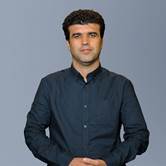





Comments
Rudaw moderates all comments submitted on our website. We welcome comments which are relevant to the article and encourage further discussion about the issues that matter to you. We also welcome constructive criticism about Rudaw.
To be approved for publication, however, your comments must meet our community guidelines.
We will not tolerate the following: profanity, threats, personal attacks, vulgarity, abuse (such as sexism, racism, homophobia or xenophobia), or commercial or personal promotion.
Comments that do not meet our guidelines will be rejected. Comments are not edited – they are either approved or rejected.
Post a comment